Dutch start-up Lightyear has previewed its second-generation solar-powered electric car, which it says will make EV ownership more accessible, convenient and affordable.
Named the Lightyear 2, the saloon was announced at CES in Las Vegas. It will follow the Lightyear 0, which recently entered production at the Valmet Automotive factory in Finland.
Lightyear has also opened a waiting list for the car, which it claims will cost less than €40,000 (£35,420).
Set to go into production in 2025, the 2 will be sold in the UK, Europe and the US, with Lightyear targeting 100,000 deliveries per year.
Some 21,000 pre-orders have already been taken from fleet and leasing firms such as LeasePlan and MyWheels.
Range stands at a claimed 497 miles. Lightyear also said the 2 will have half the lifetime CO2 output of a conventional battery EV, having the smallest carbon footprint of any car on the market.
Powertrain, battery and performance details haven't yet been revealed, but the 2 is expected to be based loosely on today's 0, which has a motor on each wheel and a 60kWh battery, allowing for a leisurely 0-62mph time of 10sec and a 620-mile range.
“[The] Lightyear 2 will fast-track our mission of delivering clean mobility to everyone everywhere,” said Lightyear boss Lex Hoefsloot. "This is the first EV that allows consumers to prioritise sustainability without compromising on practicality.
“By harnessing the power of the sun, [the] Lightyear 2 elevates the electric driving experience and reduces reliance on strained electricity grids. In fact, while Lightyear 2 vehicles require less charging from the electricity grid than a conventional EV, they also flip the script by providing clean energy back into the grid.”
Lightyear has claimed the 2 needs three times fewer charges than a conventional EV, with its aerodynamics playing a significant part in achieving a lofty claimed range and drag coefficient of 0.175Cd.
The design of the 2 has been optimised for aerodynamics and to capture as much solar energy as possible from panels on the bonnet, roof and boot. The car’s solar panels are claimed to add 43 miles to its range.
Moving down the side the door handles are flush with the bodywork to reduce drag and the wheels feature a closed-off design. The rear features no spoiler to ensure smooth airflow.
Lightyear launched the 0 in 2022 after six years of development and testing. The aero-optimised, limited-run saloon commands a starting price of £216,983, with just 946 examples to be made.
The 2’s sub-€40,000 price tag will position it above the MG 5 SW EV and Volkswagen ID 3, but then it will offer a significantly longer range than any BEV at a comparable price.

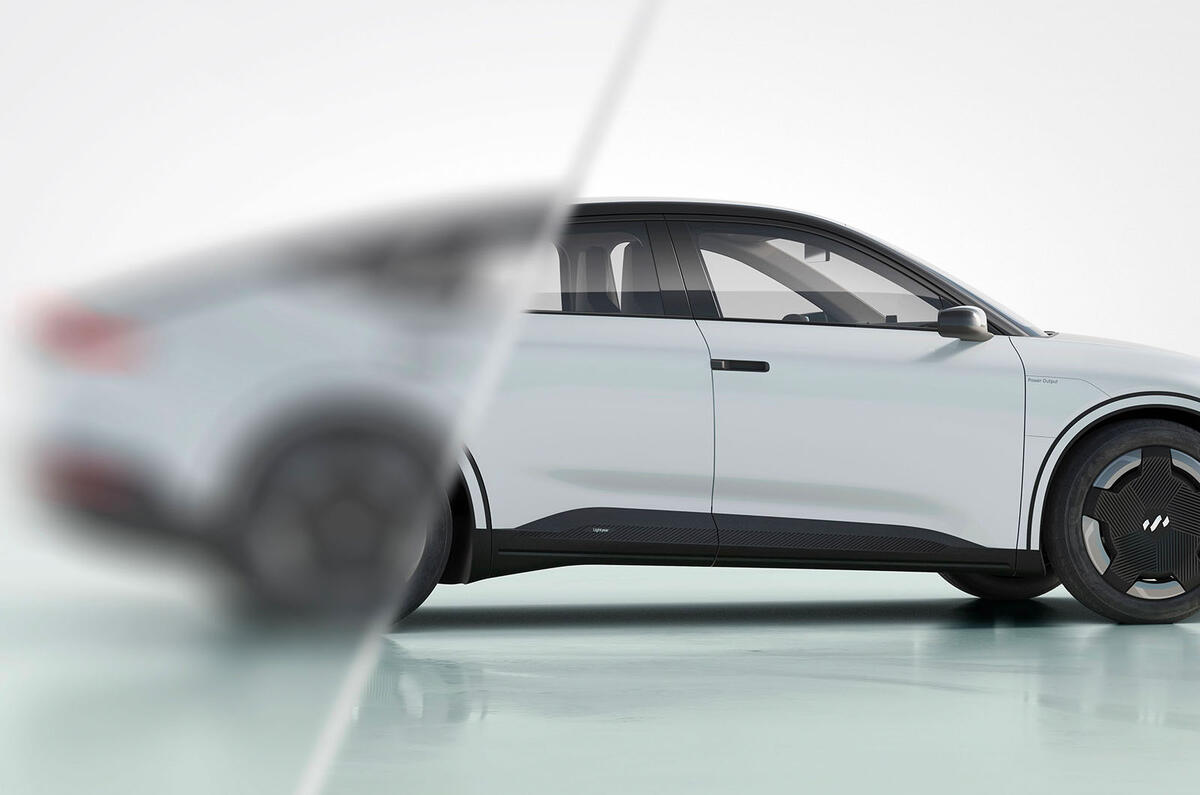
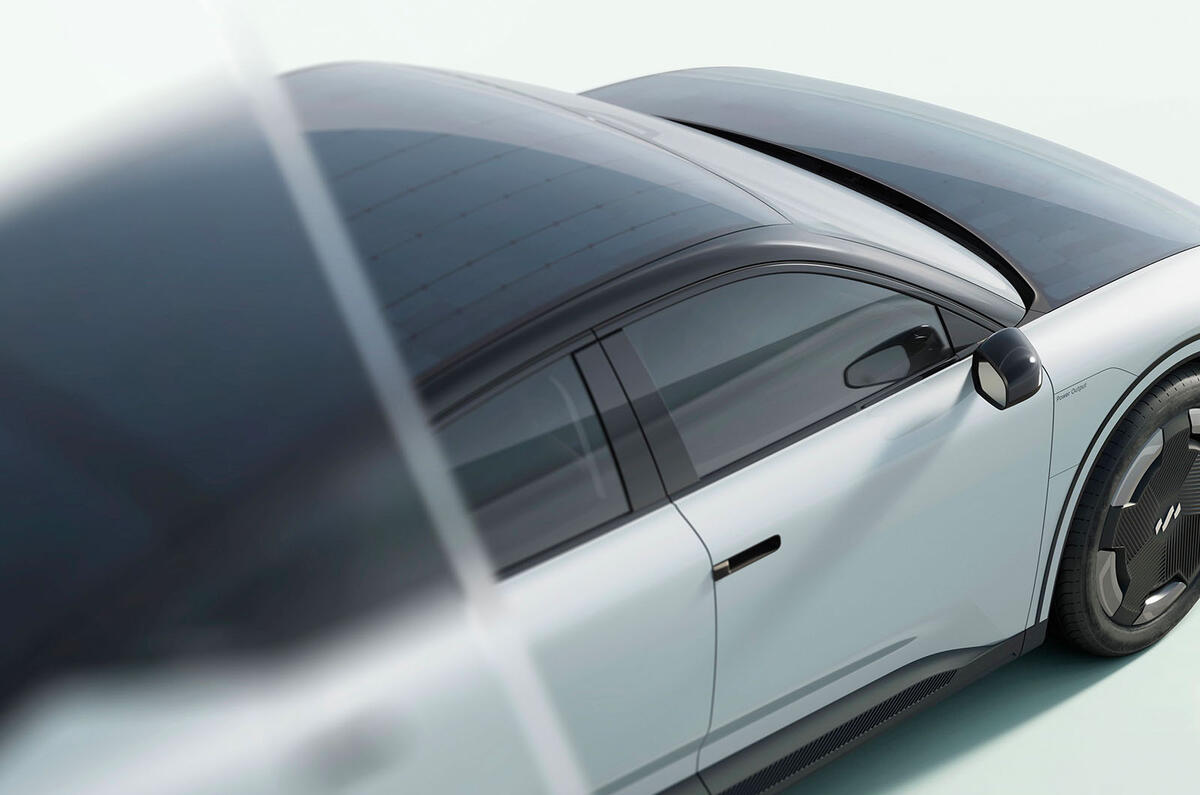
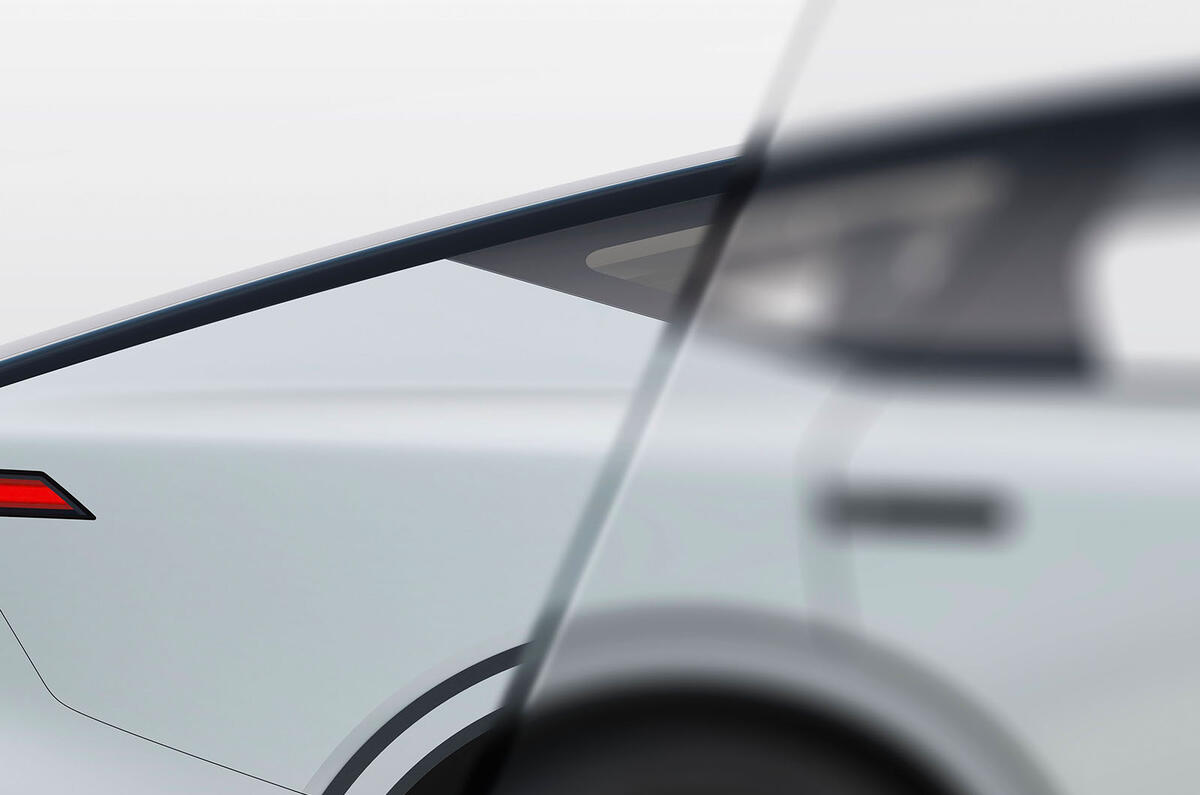
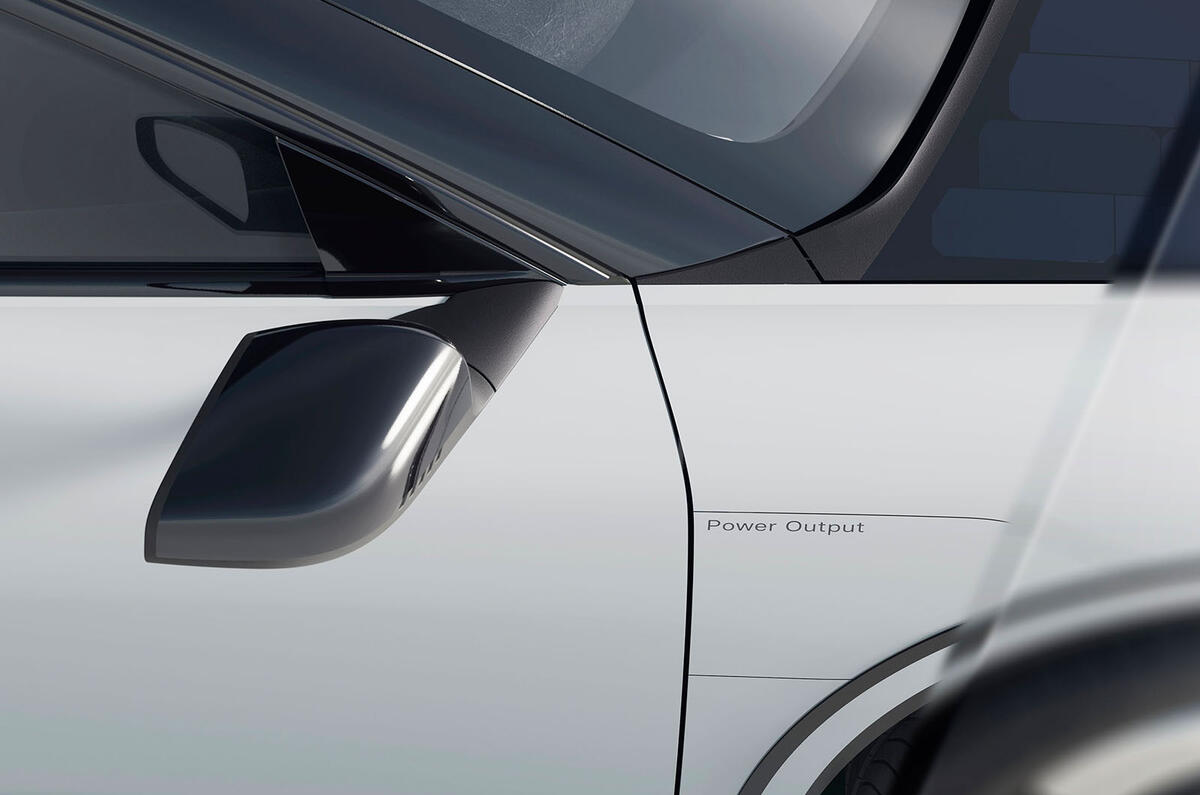

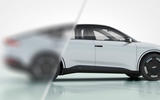

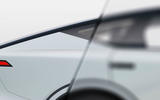
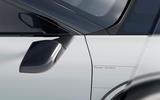



Join the debate
Add your comment
Pipe dream
Well, yet another brilliant idea!,will it take off?, too infinity and?, certainly gives me a Buzz!
Let's hope it's deliverable. It's refreshing to see efficiency and sustainability being prioritised for a change. It hasn't seemed a priority since the original Ioniq and Model 3
The efficiency (mostly aero) is a good thing to have, that should result in more miles per kWhr. But, the solar strikes me as unnecessary additional cost over the aero efficiency. If the car isn't used then the car isn't needed, so it just a pile of stuff in a parking bay and a waste of resources. It takes a very long time to charge a car battery from the area of solar cells available. To misquote Scottie: "ye cannie change the laws of physics", which puts an upper limit on the amount of charge per hour per square meter from a solar panel, and its "not much" in car range terms. Their "43 mile" claim is likely to be highly optimised use and charging. The 500 mile range claim is low speed city driving (footnote on their website), so expect considerably less on an open road or motorway.